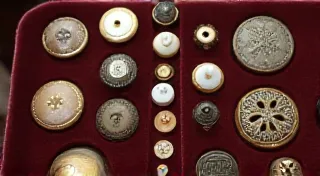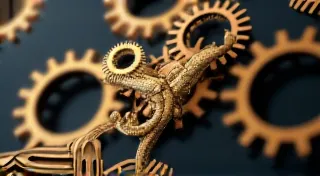The Faded Ink of Dreams: How Sheet Music Inspired Aspirations
There’s a particular scent associated with vintage sheet music – a mingling of aged paper, dried glue, and the faintest whisper of forgotten melodies. It's the aroma of aspiration, of dreams painstakingly etched onto paper and held close to the heart. Collecting vintage sheet music isn’t just about acquiring old documents; it’s about holding fragments of history, glimpses into the dreams of countless individuals who yearned to create and connect through music. For many aspiring musicians, singers, and performers throughout history, these printed scores weren’t just instructions; they were invitations – invitations to step into a world of artistry and self-expression.
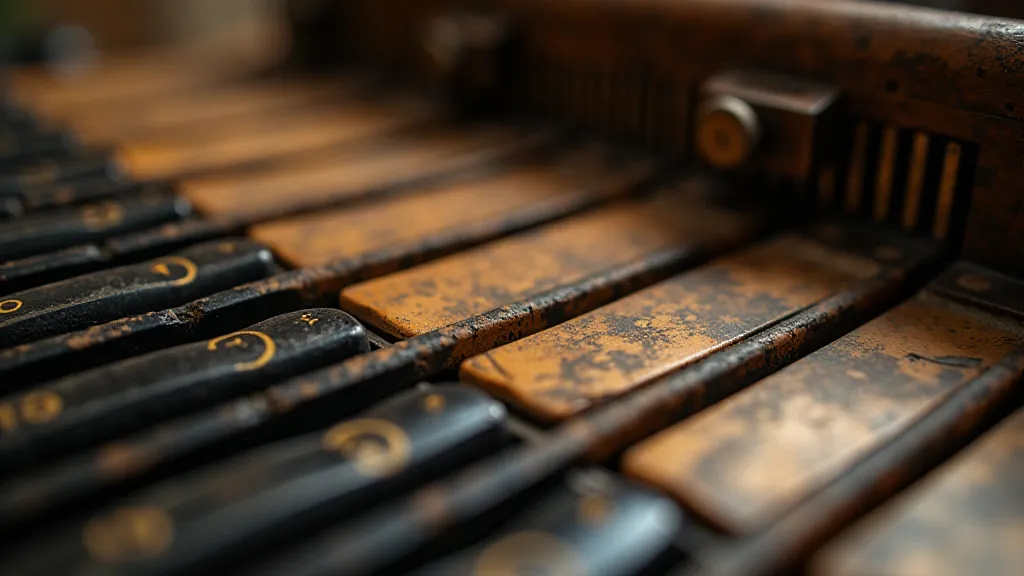
A Window into the Past: Music and Aspirations Through the Ages
Consider the Victorian era. Parlor singing was a ubiquitous form of entertainment and social grace. Young women, often denied formal education beyond the domestic sphere, found solace and purpose in mastering the piano or learning to sing. Sheet music, readily available and relatively inexpensive, provided the tools for their pursuits. They would carefully transcribe tunes, embellishing them with their own interpretations, transforming simple melodies into personalized expressions of longing and joy. These weren't simply performances; they were acts of rebellion, quiet declarations of individuality in a rigidly defined world. Often, the availability of sheet music directly correlated with the burgeoning printing industry and its ability to disseminate culture; understanding this connection highlights the crucial role of the ledger’s lament – how printing technology profoundly shaped musical accessibility and its impact on aspiring musicians.
The Roaring Twenties brought jazz, and with it, a new wave of ambitious performers. The Charleston, the Fox Trot – these dances demanded a fluidity and energy that sheet music helped to cultivate. Young men and women, eager to break free from the constraints of traditional music, devoured scores from artists like Duke Ellington, Bessie Smith, and Jelly Roll Morton, dreaming of gracing the stages of smoky speakeasies and dazzling audiences with their talent. The very act of holding a Benny Goodman score felt like holding a piece of the era’s vibrant spirit. The influence of geography on these rapidly developing musical styles is undeniable; exploring beyond the notes reveals fascinating geographical influences on sheet music styles, adding another layer of appreciation for the era's innovation.
Then came the rise of the crooners in the 1930s and 40s. Bing Crosby, Frank Sinatra – their voices, immortalized on recordings, also found their way onto printed pages. For aspiring singers, these scores weren’t just about learning the notes; they were about absorbing the phrasing, the emotion, the very essence of these iconic performers. It’s a tangible connection to the golden age of popular music.
The Craftsmanship and Character of Antique Scores
Beyond the music itself, the physical artifacts of sheet music offer a fascinating glimpse into the artistry of a bygone era. The lithography, often vibrant and detailed, depicts scenes of romance, adventure, or comedic charm. Examine the typography – the carefully chosen fonts, the elegant borders – these are hallmarks of a time when attention to detail was paramount. The quality of the paper itself varies greatly, from thin, brittle stock to heavier, more durable varieties. Many scores bear the marks of their journey – faded ink, dog-eared corners, handwritten annotations in the margins.
These markings are perhaps the most evocative aspects of antique sheet music. A child's shaky rendition of "Mary Had a Little Lamb," a pianist's frustrated scribbles attempting a difficult passage, a lyricist’s notes exploring lyrical variations – these are the whispers of personal struggles and triumphs, reminders of the human connection between the music and its audience. These aren't just notes on paper; they’re personal narratives. They reveal the emotional labor of learning, the small victories, the quiet frustrations. Imagine the dedication required to work through a challenging piece, the persistence of a young musician refusing to give up. Many of these scores also hold stories of forgotten composers; investigating the ghosts in the staff lines – uncovering the narratives of those whose contributions have been, until recently, overlooked, is a rewarding experience in itself.
Preserving Dreams: Caring for Your Vintage Collection
Collecting vintage sheet music is a rewarding experience, but it also carries a responsibility to preserve these fragile pieces of history. Direct sunlight and humidity are the primary enemies of paper, causing discoloration, brittleness, and mold. Storing your collection flat in acid-free sleeves and boxes is essential. Handling the scores with clean, dry hands prevents further damage. Avoid using harsh chemicals or solvents when attempting any form of cleaning – gentle dusting with a soft brush is usually sufficient. Understanding how advancements in printing impacted the very material of the paper, is key to properly safeguarding these treasures, a fact highlighted when considering the paper’s fragility and environmental factors.
Interestingly, even some minor restoration can reveal the original vibrancy of the music. Gentle cleaning to remove surface dirt, or careful re-attachment of loose pages, can breathe new life into a damaged score. However, resist the urge to over-restore; the beauty of vintage sheet music lies, in part, in its imperfections – the marks of its history. Remember, these imperfections tell a story.
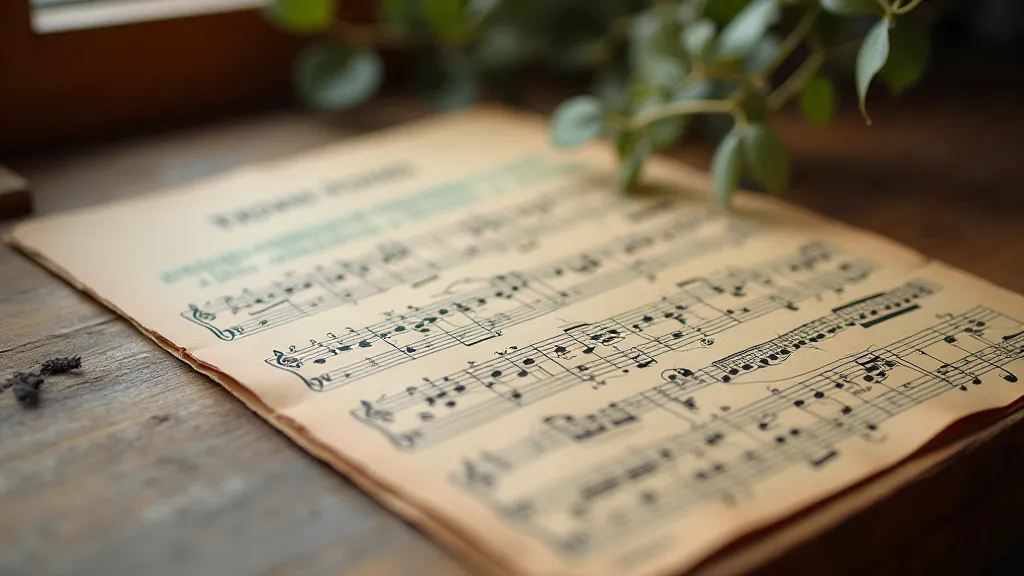
Beyond the Melody: Understanding the Context
The value of a vintage sheet music collection extends far beyond its monetary worth. Researching the composers, publishers, and performers associated with your scores can unlock a deeper understanding of the music and its historical context. Discovering the original price of a piece – often just a few cents – provides a fascinating perspective on the economics of the music industry. Learning about the publisher’s history can reveal intriguing stories of entrepreneurship and innovation. Was the piece intended for professional performance, amateur enjoyment, or private study? Answering these questions enriches the experience of collecting and appreciation. The early printing processes often resulted in variations in quality; tracing the evolution of these practices is crucial to understanding the sheet music’s historical value.
Furthermore, consider the social and cultural significance of the music. Did the piece address a particular social issue? Did it reflect the prevailing attitudes of the time? Understanding the broader context can transform a collection of old scores into a window onto the past, revealing the dreams, aspirations, and challenges of generations gone by. These silent witnesses to history deserve careful consideration.
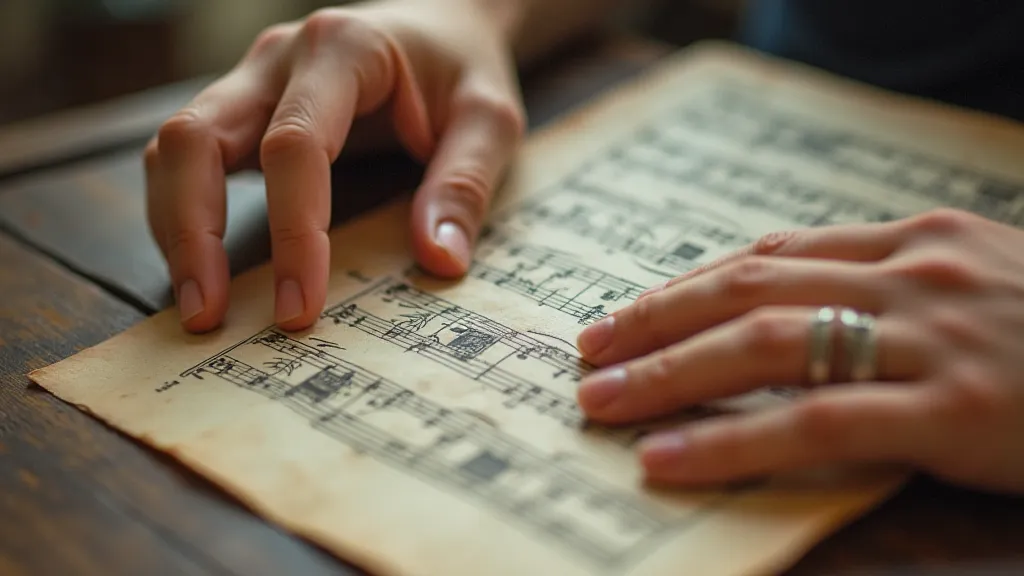
Collecting vintage sheet music is more than just acquiring objects; it’s about connecting with the human spirit. It’s about honoring the dreams of those who came before us, and recognizing the power of music to inspire and uplift. Each faded ink mark, each dog-eared corner, tells a story – a story of aspiration, perseverance, and the enduring legacy of music. The dedication required to create and disseminate these musical treasures speaks volumes about the human desire for connection and self-expression. This collective effort underscores the profound impact of music on our lives. The fragility of the paper itself underscores the preciousness of the stories it holds, reminding us of the importance of preservation and appreciation. Consider how readily available printed music became, transforming the musical landscape and democratizing access to artistic expression. This accessibility fostered a flourishing of musical talent and broadened the scope of musical influence. Preserving these fragments of history ensures that future generations can continue to learn from and be inspired by the music and the stories they represent.

